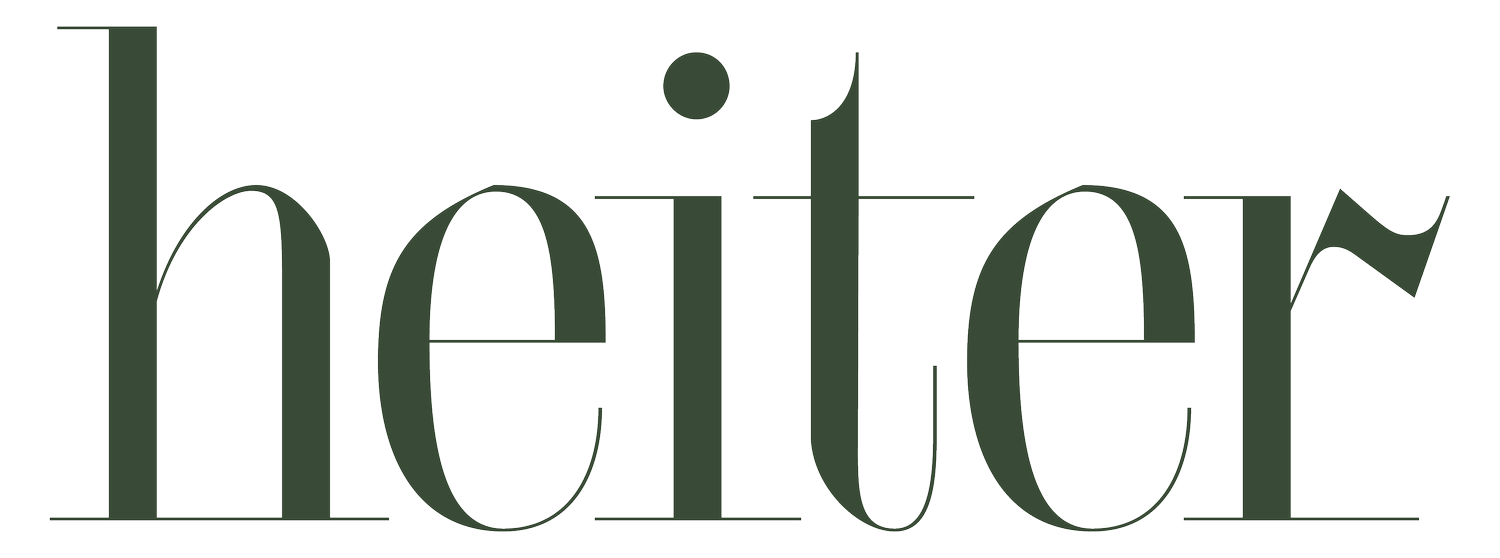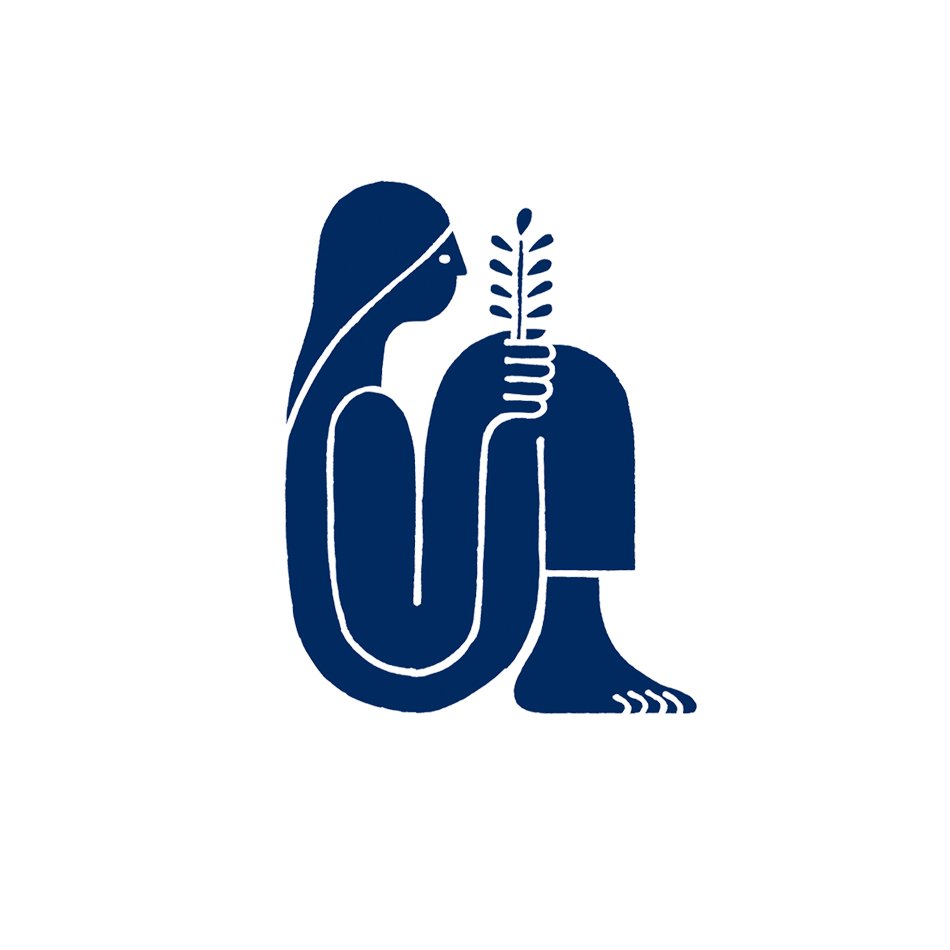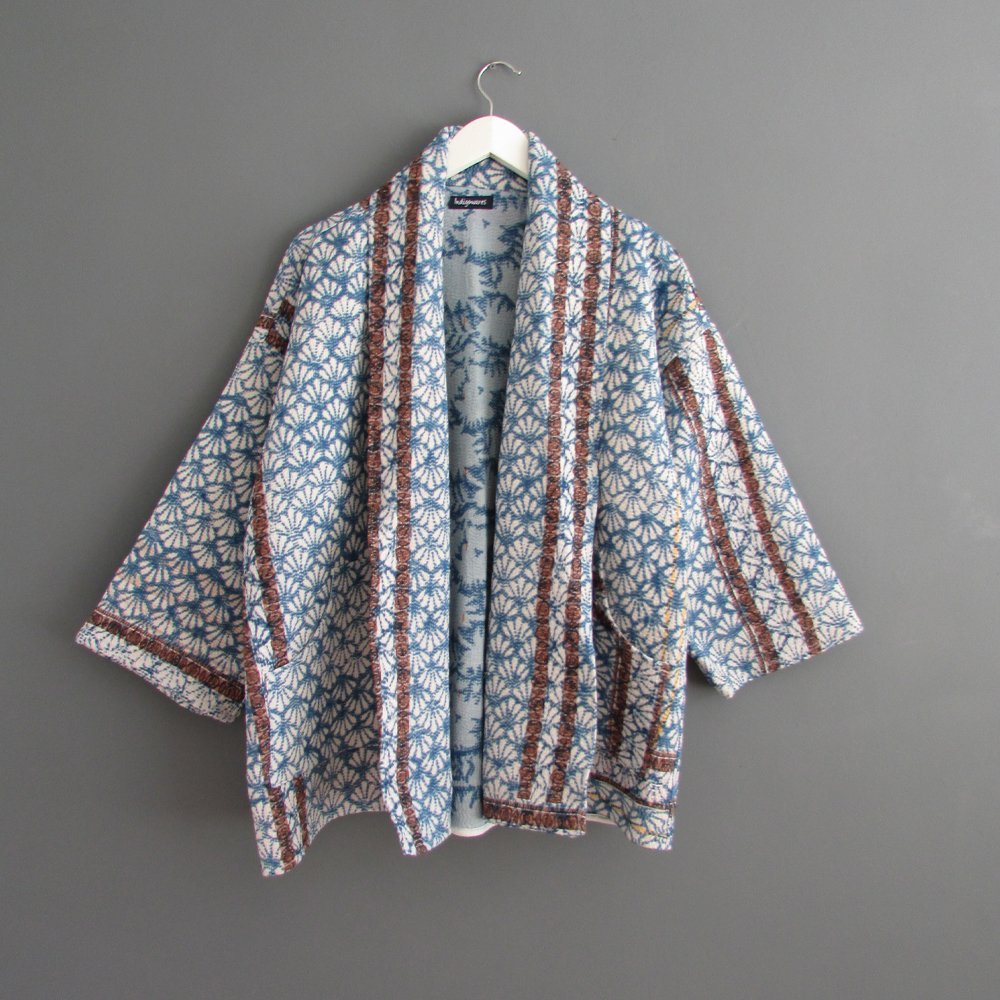Accidente Con Flores, an ethical fashion brand that constantly evolves
Accidente Con Flores is a creative studio based in Mallorca. Ola and Adrián started their clothing line spontaneously, without any plans or calculations. “After graduating, we both knew that we wanted to stay creative and to work for ourselves,” explains Ola and Adrián. They design, cut, and sew everything in their studio on the island and collaborate with many local artisans to support their art and craft pieces.
Ola and Adrián believe that this is a way to offer better choices and transform the fashion industry from being the second largest polluter in the world. “While studying fashion design in Antwerp and fine arts in Tenerife, we became aware of the consequences and environmental impact of the fast fashion industry. That’s why Accidente Con Flores only makes sense for us if it is completely honest and transparent in every aspect.”
“We don't work according to the pace and restrictions imposed by the fashion industry, such as collections or seasons, we prefer to create each piece separately. Our pieces are, therefore, not dependent on the trends imposed by outside influences.”
They both enjoy the process of creating — from the first decision to the final product. They don’t limit themselves with ultimate goals, visions, and long-term plans. In their eyes, Accidente Con Flores is constantly evolving. They have the freedom of learning something new every day and to be able to go in any direction that feels right for them. Ola and Adrián sum up this approach: “There is never a definite beginning nor a definite end.”
Mallorca immediately felt like home to them. “We wanted to be surrounded by nature, animals, creative people, and endless possibilities, that’s why we decided to create a peaceful place here. Mallorca is incredibly rich in traditional crafts. There are so many old techniques, such as weaving palm leaves, glass blowing and textile weaving that are still being preserved at the highest quality.”
While Mallorca has become home, a priority for the duo has always been to design products locally and use nearby resources. For example, their entire wool clothing line is made on the island using local sources only. They do this by cooperating with Eugenia and Gemma, who are working with local shepherds to turn the wool into a beautiful, high-quality product. And with another local shoemaker, Toni, they’ve created handmade espadrilles.
Once they realized that there was not an online platform that would show the work of all these local artisans that they enjoyed meeting, they created one called “How They Work”.
“We wanted to present some rare, behind-the-scenes insights into their life and work. We hope this website will serve as a useful guide for anyone interested in discovering and supporting them and to be the beginning of many beautiful relationships and creative connections.”
Supporting local artisans gives them a sense of belonging and the joy of contributing to change. “It fills us with satisfaction. Moreover, we feel like being a part of a very big family.”
Getting to know Ola and Adrián a little bit better
Their favorite Accidente Con Flores pieces: everything really :)
The best thing about living on Mallorca is: nature
If you weren’t designers, you would be: musicians or bakers
If you had five minutes to teach someone something new, what would it be: breathing techniques or baking bread
Andrea Juckem is a writer and co-creator of the bi-lingual online magazine NIKA (which means niche in English). She has always been attracted to people's stories and communication but it was not until recently that she decided to put it all in words that have an impact: Andrea now uses her (Czech and English) writing to express emotions and share meaningful thoughts and stories.
Images: Valentina Riccardi
Images featuring the Accidene Con Flores espadrilles: Nùria from Isla et Nomade









